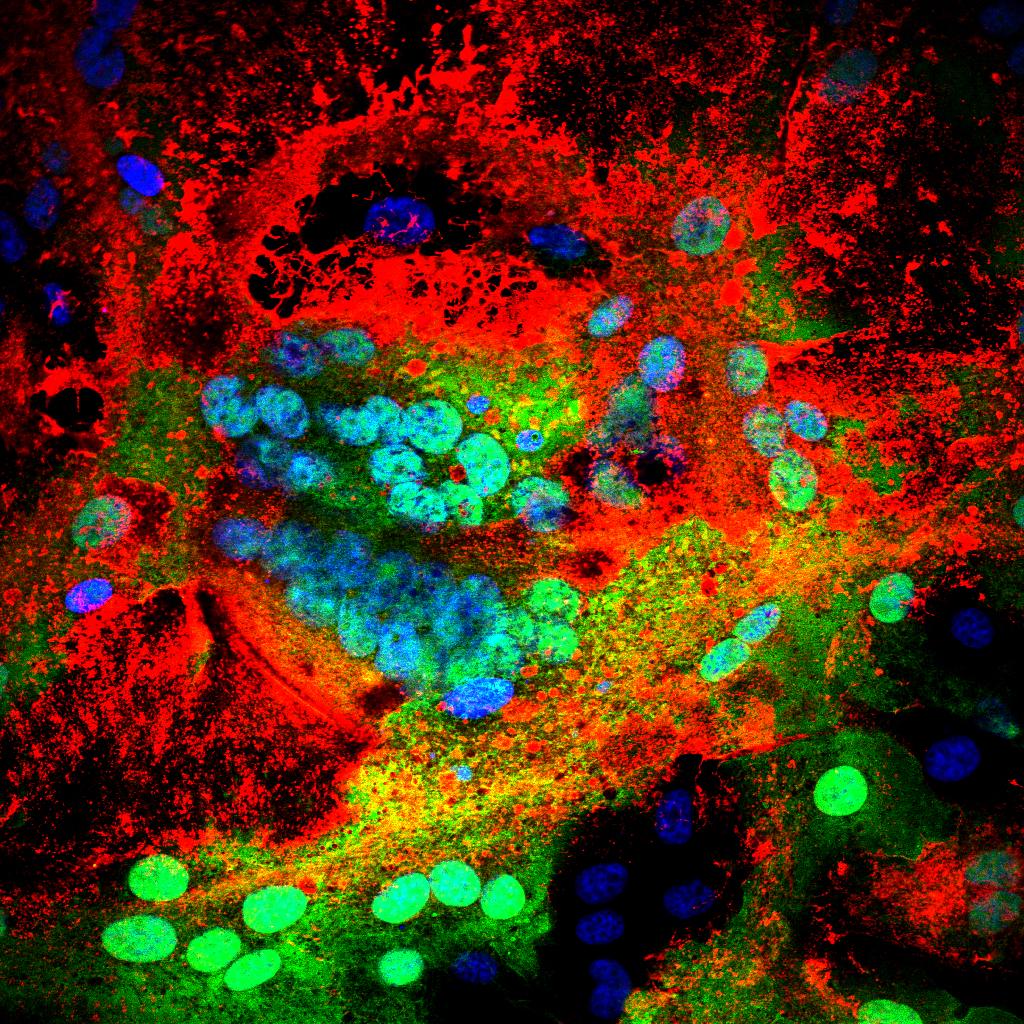Matrix protein and glycoproteins F and H of peste-des-petits-ruminants virus function better as a homologous complex
The matrix (M) protein of paramyxoviruses forms an inner coat to the viral envelope and serves as a bridge between the surface glycoproteins (F and H) and the ribonucleoprotein core. Previously, a marker vaccine (RPV-PPRFH) was produced for the control of peste des petits ruminants (PPR) disease, where the F and H genes of Rinderpest virus (RPV) were replaced with the equivalent genes from Peste-des-petits-ruminants virus (PPRV); however, this virus grew poorly in tissue culture. The poor growth of the RPV-PPRFH chimeric virus was thought to be due to non-homologous interaction of the surface glycoproteins with the internal components of the virus, in particular with the M protein. In contrast, replacement of the M gene of RPV with that from PPRV did not have an effect on the viability or replication efficiency of the recombinant virus. Therefore, in an effort to improve the growth of the RPV-PPRFH virus, a triple chimera (RPV-PPRMFH) was made, where the M, F and H genes of RPV were replaced with those from PPRV. As expected, the growth of the triple chimera was improved; it grew to a titre as high as that of the unmodified PPRV, although comparatively lower than that of the parental RPV virus. Goats infected with the triple chimera showed no adverse reaction and were protected from subsequent challenge with wild-type PPRV. The neutralizing-antibody titre on the day of challenge was ?17 times higher than that in the RPV-PPRFH group, indicating RPV-PPRMFH as a promising marker-vaccine candidate.
Back to publications
